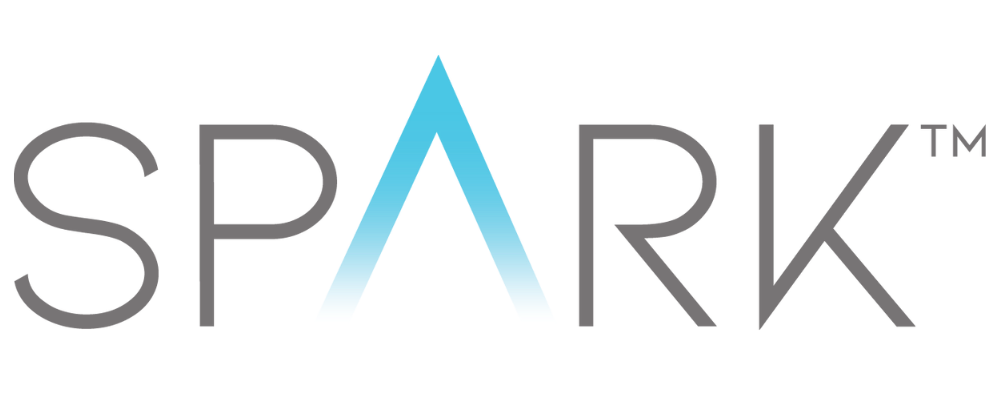Let’s Start With How Much Clear Aligners Typically Cost?

If you’ve been thinking about getting clear aligners for a child or yourself, but are not sure how you’ll pay for them, you are not alone. Orthodontic treatment is one of the top investments adults make for their children or themselves (adults are 25% of all treatments1). While the cost of doctor-prescribed and managed treatment with clear aligners can range from $3,500-$8,0002, on average, the impact of a beautiful smile is intended for a lifetime. If you are like most people, you are wondering how to pay for clear aligners. This article will share a few tips that may make getting braces more affordable.
1. Find The Doctor That Is Best For You
Moving teeth is serious business. To straighten teeth, braces and clear aligners incrementally move teeth, their roots, and jaws.3 Although there are several do-it-yourself mail-order aligners marketing directly to consumers, we strongly recommend seeking treatment from a trained specialist – an orthodontist.
Although doctor-directed aligners are made by an orthodontics products company, treatment planning and oversight are led by individual orthodontist practices. Each practice offers its own prices and payment programs.4 However, in the long run it is important to find the best doctor based on satisfied patient testimonials and before and after images that look like the smiles you would like.
2. Use Pre-Tax Dollars from a Health Savings Account (HSA) to Pay for Clear Aligner Treatment
Many employers offer a type of savings account that lets you set aside money on a pre-tax basis to pay for qualified medical expenses. This is called a Health Savings Account (HSA). It also can be called a Flexible Spending Account or FSA. By using untaxed dollars in a HSA or FSA to pay for deductibles, co-payments, or other related expenses, you may be able to lower your overall health care costs. If you have an HSA or FSA account, see what medical expenses are considered “qualified” under your plan.5 Uncovered orthodontic costs such as your monthly payments may be eligible toward your cap and to be paid with your set-aside pre-tax dollars.
FSAs usually are “use it or lose it” each year in terms of the pre-tax dollars you have set aside. Check your account or with your employer to see what amount of savings set aside is unused. If you don’t have enough in this calendar year to cover your balance, you can wait a few months until the new year of pre-tax dollars is funded. Best yet is if you can pay from your FSA account over multiple years. Check your policy rules.
3. Ask About Payment Plans
Many orthodontists are willing to work with their patients by offering interest-free payment plans. Payment plans enable patients to spread out their payments over months or years to make treatment more affordable.6
4. Take Good Care Of Your Aligners During Treatment
The cost of treatment with aligners can increase beyond your quoted budget/financing program if you damage or lose your aligners during treatment or retainer following treatment. The cost of replacements is not covered under most insurance plans.
5. Apply for Financial Assistance if You Qualify
Adults or families suffering from financial hardship may be eligible for deeply discounted or free treatment. Two programs to consider include: Smile for a Lifetime Foundation and the American Association of Orthodontists Donated Orthodontic Services Program. These programs offer pro bono care to children of low-income families who lack insurance coverage or who do not qualify for other assistance in their states.7
As of today, there are a few doctor-prescribed aligner companies FDA cleared for usage with kids and teens. The newest — the Spark™ Clear Aligner System — has several clear advantages over the leading competitor. Spark Aligners are more clear, more comfortable, stain less and are designed for more efficient and effective tooth movement, compared to the leading aligner brand.8 Perhaps best of all, Spark Aligners’ cost is similar to the leading competitor.
Depending upon your diagnosis (or that of your child) and what your orthodontist needs to address, doctor-directed clear aligners can cost about the same as some types of conventional braces or a little more. Sample treatment costs and financing plans for three patients are shown below:
Sample Patient** |
Treatment Cost* |
Insurance Coverage** |
Monthly Payment** |

|
$3,500 |
$1,500 |
$167/month for 12 months |

|
$5,500 |
$1,800 |
$155/month for 24 months |

|
$8,000 |
$3,500 |
$125/month for 36 months |
*The cost of Spark clear aligners is determined by each individual doctor and is based on factors such as the case complexity and treatment length. Cost is dependent on your local market and your orthodontist. These cases are examples only.
**Additionally, prospective patients who have a Flexible Spending Account (FSA) or Health Savings Account (HSA) with their employer may be able to use tax-free dollars in their account. They should consult with your employer’s benefits coordinator to learn more.



